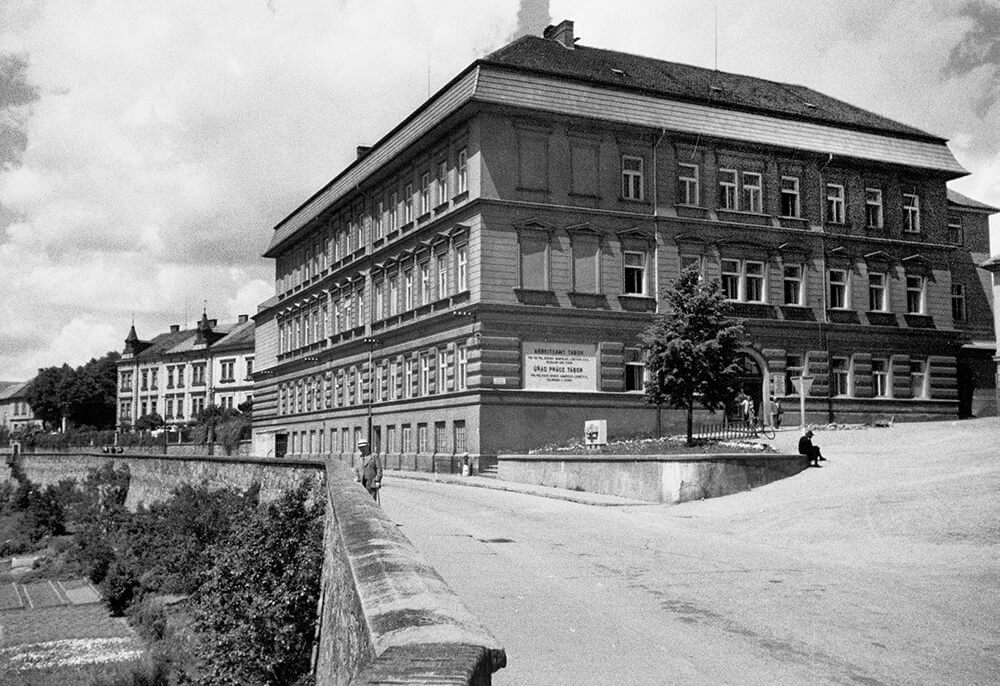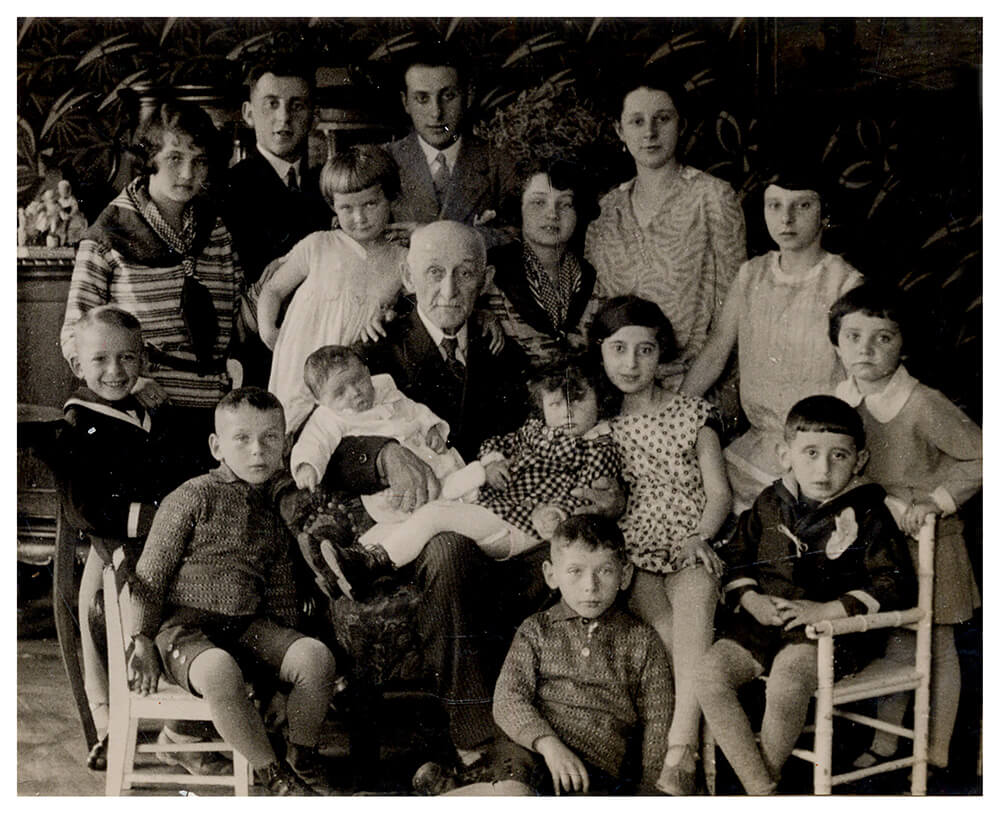Tábor

Building of the burgher school for girls in Tábora, which was used as an assembly point.
Šechtl and Voseček Archive, TáborTábor was originally supposed to have played a prominent role in the planned “ghettoizing” of the Protectorate’s Jewish population. According to one of the Nazi proposals from the autumn of 1941, Tábor was to have been turned into a Jewish town. In the end, however, it was the garrison town of Terezín that was chosen for this purpose.
The assembly point for Jews from Tábor was located in the building of the burgher school for girls in Na Parkánech Street. The deportees were only allowed to take up to 50 kg of luggage each. They tried to pack as many warm, practical clothes and non-perishable foods as possible. For Jews from more distant communities, it was a lengthy journey to Tábor. They had to haul their luggage across the town on foot all the way to the assembly point, and were not allowed to walk on the pavement. Several hundred people were crammed together in the school building and had to sleep on the bare floors of the classrooms and the gym. On the day of deportation, some of the young men were chosen to help with the loading of luggage onto the trains. Early in the morning, the deportees were taken out of the school and escorted to the railway station.
Two transports (designated by the letters Bz and Cb) were dispatched from Tábor on 12 and 16 October 1942. They took away 1, 271 deportees, of whom only 73 lived to see the liberation.
